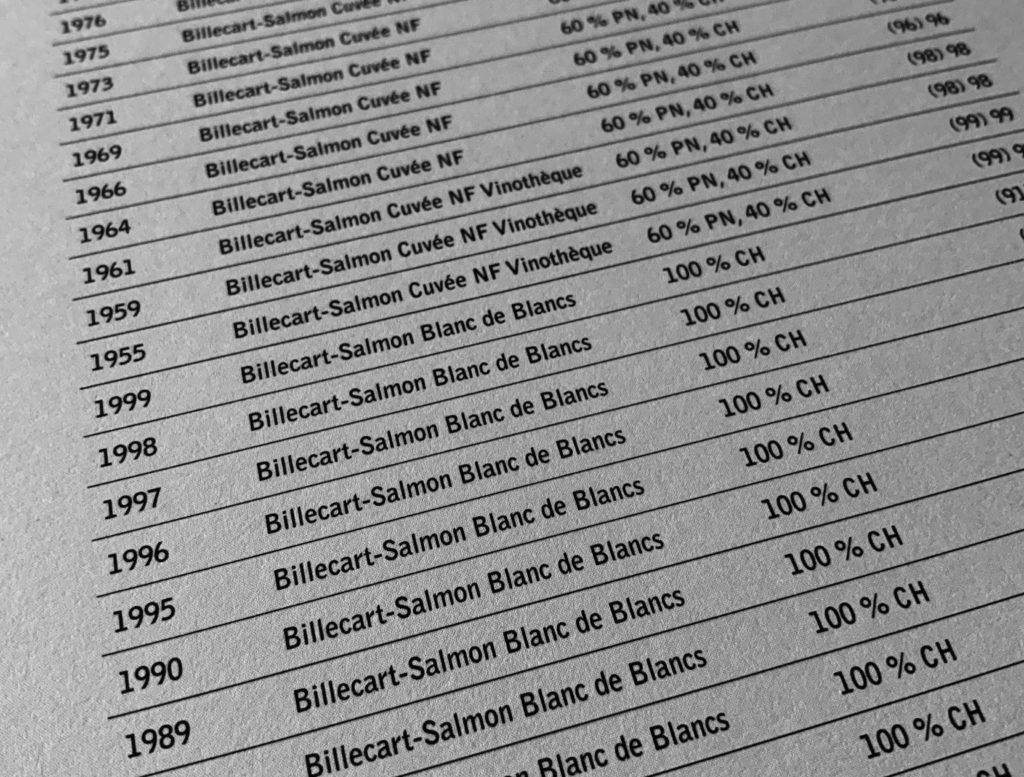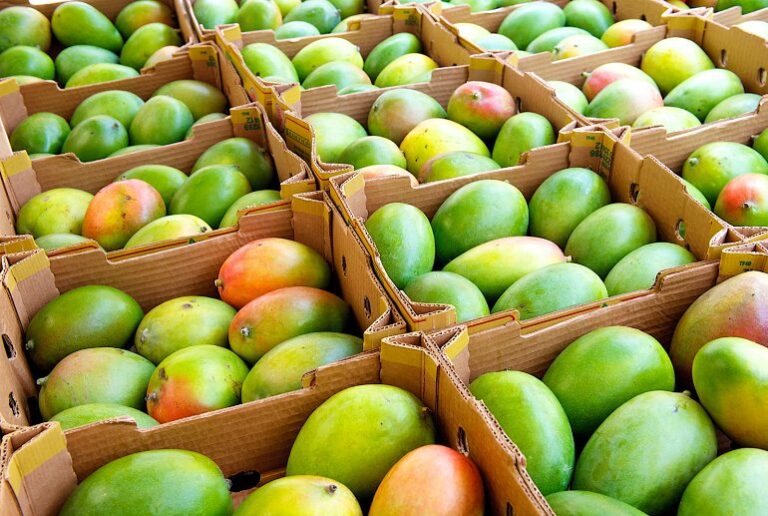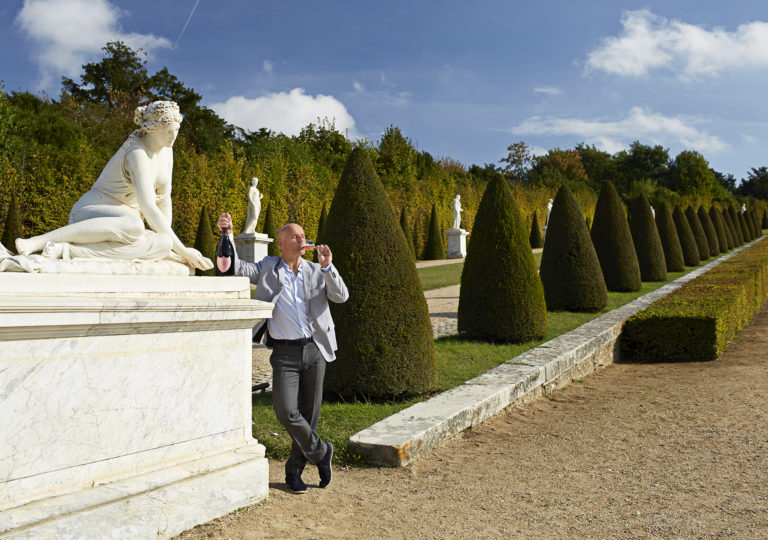Since this is a guide that is to be updated and reissued every other year, the focus has primarily been on the producers’ present portfolio. The first stars thus only grade current wines, while the stars in brackets rate producers with all their historical baggage included. I use a scale from one to five stars for the very best producers in the region. The Juhlin 100 point scale – how does it work ?
My subjective grading of individual wines builds on serious tastings of more than 13,300+ different champagnes and is the most extensive evaluation of champagne ever carried out. The wines in question receive two grades: one for present quality, and one for the quality of the wine when it is at its best. Guides commonly also give an indication of when the wine will be at its best, but since champagne’s age of maturity is so much a matter of opinion and taste, I have refrained from making any such judgement. If the differences between the two grades (present and potential tasting quality) are very marked, then the wine obviously needs more time in the cellar. Individual consumers can then find out by experience what level of maturity best suits their personal preferences.

I have chosen to use the Juhlin scale, which is a 100-point scale, since I find it important to have as broad a scale as possible. A wine that gives no pleasure at all should, in my opinion, not receive a single point. This is why I start with zero points. It should be added, how–ever, that all champagne, unless it is actually defective, will be of a quali-ty affording some drinking pleasure. 50 points is intended as an average score for non-vintage champagne. The average in this category in my book lies above this mid-point, because I have concentrated on the best known of the 2,454 producers. If I had had the opportunity of tasting all of them, I am convinced that the average would lie closer to the 50-point mark. 100 points is awarded to the perfect champagne.

My points system is not divided into different sections for different characteristics, but is only meant to give an overall judgement of the wine’s qualities. For access to information on all the producers, for tasting notes with comprehensive descriptions, and to follow my daily tasting activities, you can become a member of my club by registering at www.champagneclub.com.
I imagine that many of my readers who are accustomed to Robert Parker or Wine Spectator’s interesting but compressed hundred-point scale might reject wines under 80 points and turn up their noses or laugh at a 68-pointer. Don’t! If such a champagne is non-vintage from the peripheries of the region, the winemaker might have done a very good job and the wine might be very nice if drunk in the right situation. Let me emphasise again that these are subjective assessments: wines are living products which vary a good deal from bottle to bottle. Finally, the most important factor of all is your own taste. My assessments are not universal truths.
KEY TO SIGNS
The producers have been assessed using a system of up to five stars.
✩✩✩✩✩ A perfect producer of absolute world class right through the entire range.
✩✩✩✩ An excellent producer, some of whose wines are world class.
✩✩✩ A very good producer worth keeping an eye on.
✩✩ A good champagne producer.
✩ A producer whose wines have aroused my interest.
( ) The stars in parentheses are total assessments of the producer where even older wines are included.
RICHARD JUHLIN 100-point scale
✩ 95-100 World Class champagne
✩ 90-94 Outstanding: a champagne of superior character and style
✩ 85-89 Very good: a champagne with special qualities
✩ 80-84 A really good champagne
✩ 70-79 High quality for non-vintage wines, ordinary for Vintage wines
✩ 60-69 Good non-vintage level
✩ 50-60 An ordinary non-vintage champagne
✩ 40-50 Not recommended
✩ 20-40 To be avoid
✩ 0-20 A disgrace for the district of Champagne





